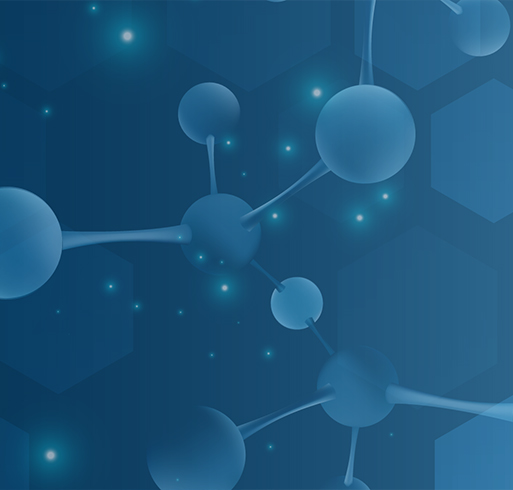Early toxicity prediction and screening
Drug safety is an important factor leading to the failure of drug development, and is also one of the main reasons for the withdrawal of listed drugs. Traditionally, the toxicity test and safety evaluation of drugs are generally completed in non-clinical animal tests. Once the discovery of serious toxic reactions of drugs leads to research and development failure, huge economic losses will be caused. In the early stage of drug development, drug toxicity testing at the ion channel and cellular level will significantly reduce the probability of drug development failure in the later stage, thereby improving the success rate of research and development and reducing research and development costs.
Category: Non-clinical safety evaluation
Medicines for human purposes
Drug safety is an important factor leading to the failure of drug development, and is also one of the main reasons for the withdrawal of listed drugs. Traditionally, the toxicity test and safety evaluation of drugs are generally completed in non-clinical animal tests. Once the discovery of serious toxic reactions of drugs leads to research and development failure, huge economic losses will be caused. In the early stage of drug development, drug toxicity testing at the ion channel and cellular level will significantly reduce the probability of drug development failure in the later stage, thereby improving the success rate of research and development and reducing research and development costs.
We can provide our customers with a complete set of strategies from QSAR, in vitro early toxicity screening to in vivo early toxicity evaluation to help our customers discover the toxic effects of research and development compounds at an early stage of drug development. Evaluation items included Derek and Sarah toxicity prediction, high-throughput genetic and reproductive toxicity evaluation, complete cardiotoxicity evaluation, and in vitro carcinogenicity evaluation.
Toxicity prediction
Derek is a toxicity prediction software based on the "expert knowledge base", which analyzes and summarizes structure-toxicity relationships, species differences, physico-chemical toxicity relationships from literature knowledge, toxicity databases, and user sharing databases, and highlights all toxic-related substructures (toxicities) to give detailed information on toxicity risks. Sarah is a toxicity prediction software built on the basis of "statistical model". It uses a unique and highly transparent machine learning algorithm to build a statistical model based on Ames mutation experiment data. The fragmented input structure makes the model more transparent and easier to interpret the prediction results, so as to facilitate expert review and confirm toxicity risk. ICH M7 recommends the use of these two software for impurity genotoxicity prediction.
Early toxicity evaluation
High throughput genotoxicity evaluation
Ames
Mini-Ames (6-well plate)
Chromosome aberration in vitro (Chamber slide)
In vitro dual micronucleus (chamber slide / 96-well plate)
In vitro photogenotoxicity test
Multibiomarker genotoxicity in vitro (gamma-H2AX, p53, H3, Cleaved-PARP)
High throughput reproductive and developmental toxicity evaluation
Whole embryo culture in vitro
Developmental toxicity screening of zebrafish embryos
Cardiotoxicity evaluation
Cardiac ion Channel Screening Test (IC50)
-hERG potassium channel (HEK293 cells transfected with hERG gene)
- Nav1.5 sodium ion channel (HEK293 cells transfected with Nav1.5 gene)
Cav1.2 calcium channel (CHO cells transfected with Cav1.2 gene)
Real Time xCelligence Cardio Analysis System
- Rat primary cardiomyocytes
Human induced pluripotent stem cell-differentiated cardiomyocytes (hiPSC-CM)
Isolated myocardial tissue action potential test
- guinea pig nipple muscle action potential
- Rabbit Purkinje fiber action potential
In vitro evaluation of carcinogenicity
Based on Bhas42 transformed cell system, the carcinogenic initiation and growth-promoting experimental concentration of the compound were determined by cytotoxicity test
Based on the Bhas42 transformed cell system, the genes related to the initiation stage and growth promoting stage of carcinogenesis were screened by gene chip method
